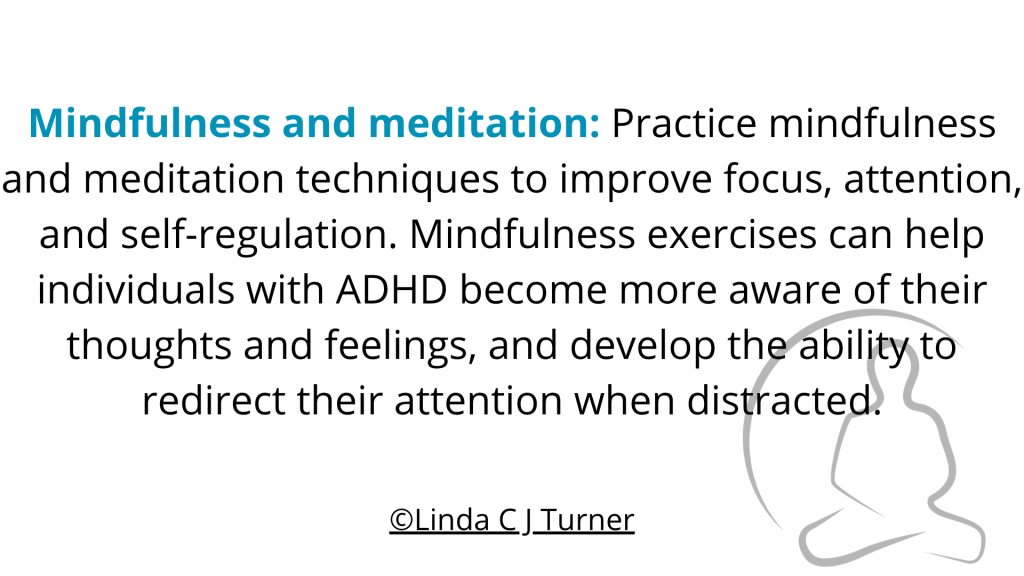ADHD stands for Attention-Deficit/Hyperactivity Disorder, and it is a neurodevelopmental disorder that affects both children and adults. It is characterized by persistent patterns of inattention, hyperactivity, and impulsivity that can significantly impact various aspects of life, including academic, occupational, and social functioning.
Key Features of ADHD:
- Inattention:
- Individuals with ADHD often struggle with maintaining focus and attention to detail.
- They may have difficulty organizing tasks and activities, often leading to forgetfulness and unfinished projects.
- It’s common for individuals with ADHD to be easily distracted by unrelated stimuli.
- Hyperactivity:
- Hyperactivity involves excessive and inappropriate levels of physical activity, restlessness, and fidgeting.
- While hyperactivity is more pronounced in children, it can persist into adulthood, although it may manifest differently.
- Impulsivity:
- Impulsivity refers to making hasty decisions without careful consideration of the consequences.
- Individuals with ADHD may have trouble inhibiting their responses, leading to impulsive actions, interrupting others, or difficulty waiting their turn.
Types of ADHD: There are three main subtypes of ADHD, based on the predominant symptoms:
- Predominantly Inattentive Presentation: Characterized primarily by difficulties with attention and organization.
- Predominantly Hyperactive-Impulsive Presentation: Marked by hyperactivity and impulsivity without significant inattention.
- Combined Presentation: Features a combination of inattention, hyperactivity, and impulsivity.
Causes and Neurobiology: The exact cause of ADHD is not fully understood, but it is believed to involve a combination of genetic, neurological, and environmental factors. Research indicates that certain brain regions involved in attention, impulse control, and executive functions may be implicated. Neurotransmitters such as dopamine and norepinephrine are thought to play a role in the regulation of these brain functions and are targeted by medications used to manage ADHD symptoms.
Diagnosis and Treatment: Diagnosing ADHD involves a comprehensive assessment by a healthcare professional, considering the individual’s history, behavior, and symptoms. Treatment approaches often include a combination of behavioral interventions, psychoeducation, and, in some cases, medication.
It’s important to note that ADHD is a legitimate neurodevelopmental condition, and a comprehensive, multi-modal approach is usually most effective in managing its impact on daily life. Seeking professional guidance for an accurate diagnosis and tailored treatment plan is crucial for individuals experiencing symptoms of ADHD.
Copyright © Linda C J Turner 2023 LindaCJTurner.com All Rights Reserved.
All content on this website, including text, images, graphics, and other material, is protected by copyright law and is the property of Linda C J Turner unless otherwise stated. Unauthorized use or reproduction of the content in any form is prohibited.












